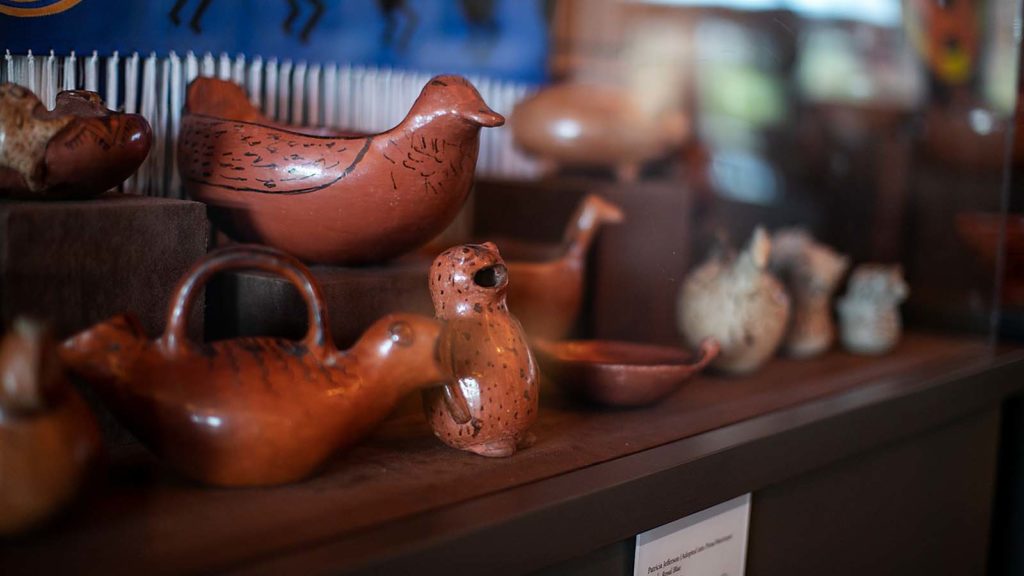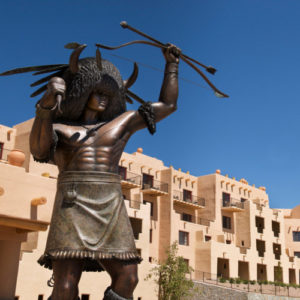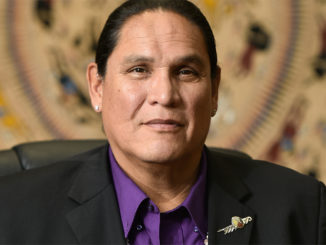
In a survey conducted by Mandala Research, more than half (52 percent) of leisure travelers surveyed indicated that they would “spend more on cultural and/or heritage activities while on a trip.” Additionally, 49 percent of respondents indicated that they would pay more for lodging that reflects “the cultural and/or heritage destination they are visiting.”
This data is backed up by another more recent study conducted by University of Hawaiʻi researchers in September 2021. The study found that respondents were willing to pay more to experience authentic and sustainable experiences in Hawaiʻi. More than 75 percent of respondents said that they would pay more to enjoy “authentic Hawaiian cultural experiences.” More than 35 percent of respondents said that they would pay an additional 10 percent for culturally respectful tourism experiences in Hawaiʻi.
Hotels that embed local or cultural experiences into their programming or, at the very least, point guests to these types of activities are uniquely poised to capitalize on the growing demand among travelers who are looking to ditch the “cookie-cutter” travel experience. Tribes interested in expanding their cultural offerings can find inspiration from the properties below:
Salish Lodge, Snoqualmie Indian Tribe
In a historic inter-Tribal agreement, the Snoqualmie Indian Tribe purchased the luxury Salish Lodge from the neighboring Muckleshoot Indian Tribe in 2019. The lodge, known as the filming location for the iconic television series Twin Peaks, is located alongside the scenic Snoqualmie Falls, which is one of the most culturally significant sites to the Snoqualmie people.
Plenty of hiking and outdoor activities are available to the public on these sacred lands, but as the region continues to grow in popularity, the Tribe has seen “severe ecological damage due to outdoor recreation.”
In July 2021, the Tribe unveiled its Snoqualmie Tribe Ancestral Lands Movement, including an invitation for individuals to sign a pledge on Change.org to “Protect, Respect and Restore Snoqualmie Tribe Ancestral Lands.” A one-page introduction to the movement is available in six languages and a kid’s activity sheet can also be downloaded. snoqualmietribe.us/snoqualmie-tribe-ancestral-lands-movement
Coeur d’Alene Casino Resort Cultural Tourism, Coeur d’Alene Tribe
Rather than allowing partner organizations to speak on its behalf, the award-winning Coeur d’Alene Casino Resort controls its own messaging through its internal cultural tourism department. Guests can sign up for scheduled programs that explore the cultural heritage of the Coeur d’Alene Tribe and neighboring Nez Perce Tribe. Previous programs have included painting classes with local artisans, moccasin making using Pendleton materials, and an evening of Tribal culture with traditional foods, storytelling, dance and drums. The cultural tourism department also creates customized cultural programs for groups, which include additional resort and casino incentives, such as complimentary airport transportation and a charter boat cruise on Coeur d’Alene Lake with a minimum four-night stay.
 Buffalo Thunder, Pueblo of Pojoaque
Buffalo Thunder, Pueblo of Pojoaque
The iconic art of Po’suwae’geh Owingeh (water gathering place), also known as the Pueblo of Pojoaque, is front and center at the Hilton Santa Fe Buffalo Thunder, where the massive one-ton Buffalo Dancer statue welcomes guests. The statue is so iconic that it inspired Buffalo Dancer II, the first statue to represent Native Americans on the National Mall in Washington, D.C. Both were sculpted by former Pueblo of Pojoaque Governor George Rivera, who also founded the nearby Poeh Cultural Center. Today the Poeh Cultural Center curates the resort’s entire art collection, which includes hundreds of pieces of art, sculpture, pottery, paintings, mosaics, weavings, architecture, landscape and design elements. Every hotel room includes furnishings that are hand-designed by local Native American artists. Day visitors can also take a self-guided tour of the resort’s public art.
Talking Stick Resort, Pima Maricopa
The four diamond Talking Stick Resort, owned and operated by the Salt River Pima-Maricopa Indian Community, is an iconic Scottsdale getaway. The luxury high-rise casino is so popular with spring break and spring training travelers that it might be easy to miss the resort’s cultural elements at first glance. But Talking Stick Resort is one part of the 12-stop, self-guided Salt River Art Trail. Throughout the resort are priceless pieces of Native American art, with much of it concentrated in the on-site Cultural Center, located in the resort lobby. The resort collection is recognized as the largest Native American art collection outside of a museum. The Salt River Art Trail also includes art exploration at 11 other sites, including the Salt River Fields at Talking Stick, Roadhouse Cinemas, and other area hotels.
Originally published in Cultural Heritage Tourism: A Planner for Indigenous Tourism Professionals, produced by the American Indian Alaska Native Tourism Association.



